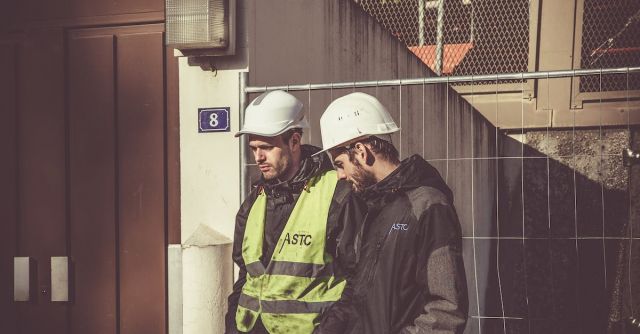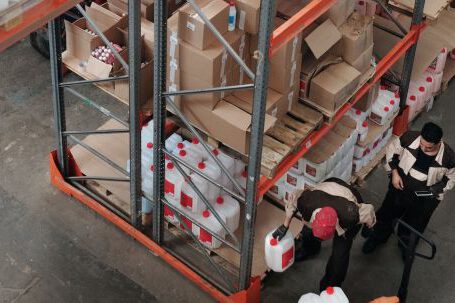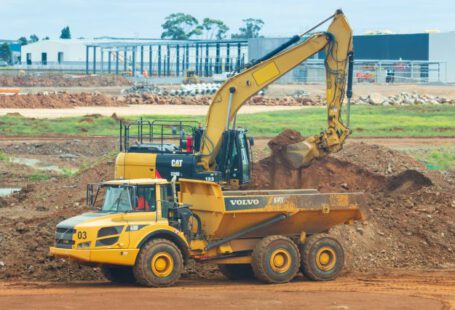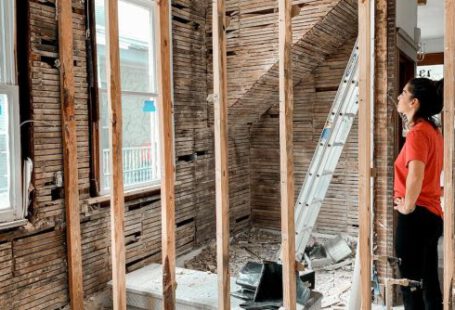The construction industry is one of the most hazardous workplaces in the world. As a result, workers in this sector are exposed to a wide range of risks on a daily basis, from falling objects to chemical spills. To reduce the risk of injury and illness, employers should ensure their staff are properly equipped with the right protective gear. Safety boots are one of the most essential pieces of personal protective equipment for construction workers, as they can help reduce the risk of accidents and keep workers safe on the job.
What Are Safety Boots?
Safety boots are specially designed boots made from durable materials that provide protection against a variety of hazards. They are often made of leather, rubber, or synthetic materials and have additional features such as reinforced toes and thicker soles. Safety boots are designed to be both comfortable and protective, making them ideal for workers in the construction industry.
Types of Safety Boots
There are a variety of safety boots available on the market, each designed to protect against a different type of hazard. The most common types of safety boots are:
- Steel toe-cap boots – These boots have a steel plate in the toe area that helps protect the feet from sharp objects and falling debris.
- Slip-resistant boots – These boots have a specialized sole that helps reduce the risk of slipping on wet or oily surfaces.
- Chemical-resistant boots – These boots are designed to protect against hazardous chemicals, such as acids and solvents.
- Insulated boots – These boots are designed to protect against electric shocks and extreme temperatures.
- Waterproof boots – These boots are designed to keep feet dry in wet environments.
Benefits of Wearing Safety Boots
Safety boots provide many benefits for workers in the construction industry. Here are some of the most important:
- Protection from falling objects – Safety boots help protect the feet from falling objects and other debris that can cause serious injury.
- Protection from wet and slippery surfaces – Slip-resistant boots help reduce the risk of slipping on wet or oily surfaces.
- Protection from hazardous chemicals – Chemical-resistant boots help protect against hazardous chemicals, such as acids and solvents.
- Protection from electric shocks – Insulated boots help protect against electric shocks and extreme temperatures.
- Protection from water – Waterproof boots help keep feet dry in wet environments.
Conclusion
Safety boots are an essential piece of personal protective equipment for construction workers. They provide protection against a variety of hazards, from falling objects to hazardous chemicals. Safety boots help reduce the risk of accidents and keep workers safe on the job. By investing in quality safety boots, employers can help ensure their staff are properly equipped to stay safe and healthy while working in the construction industry.






